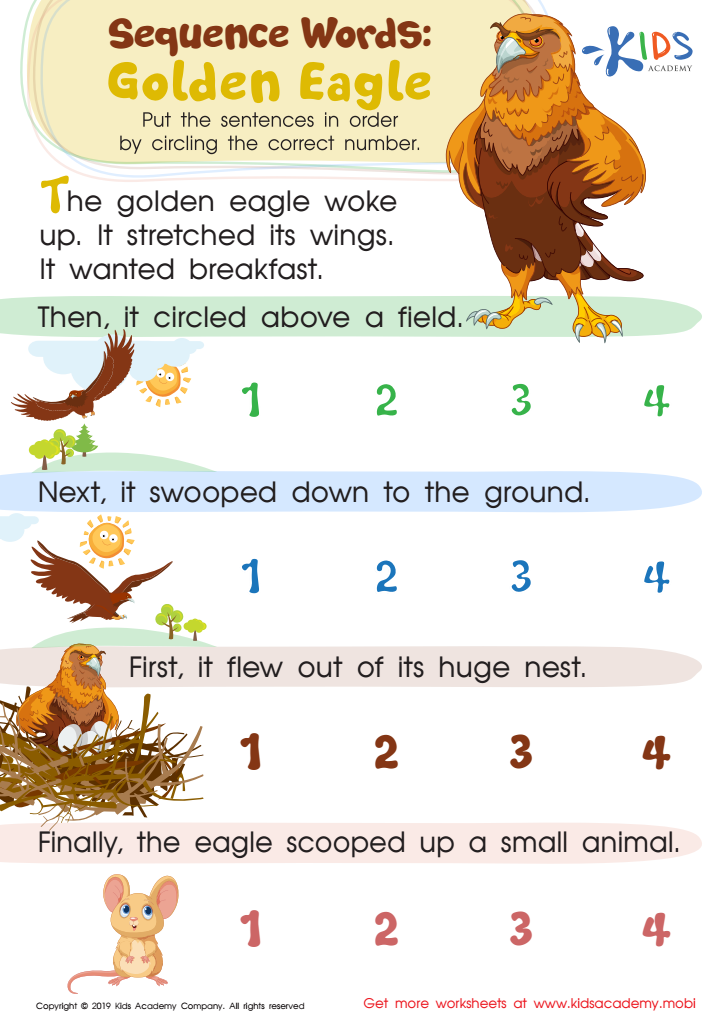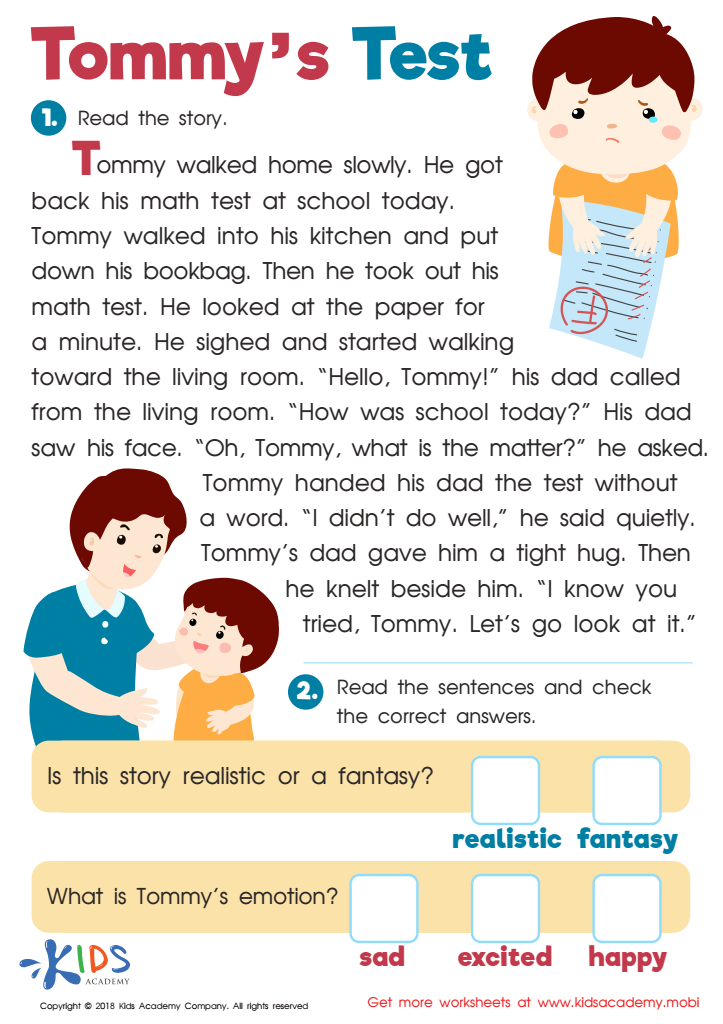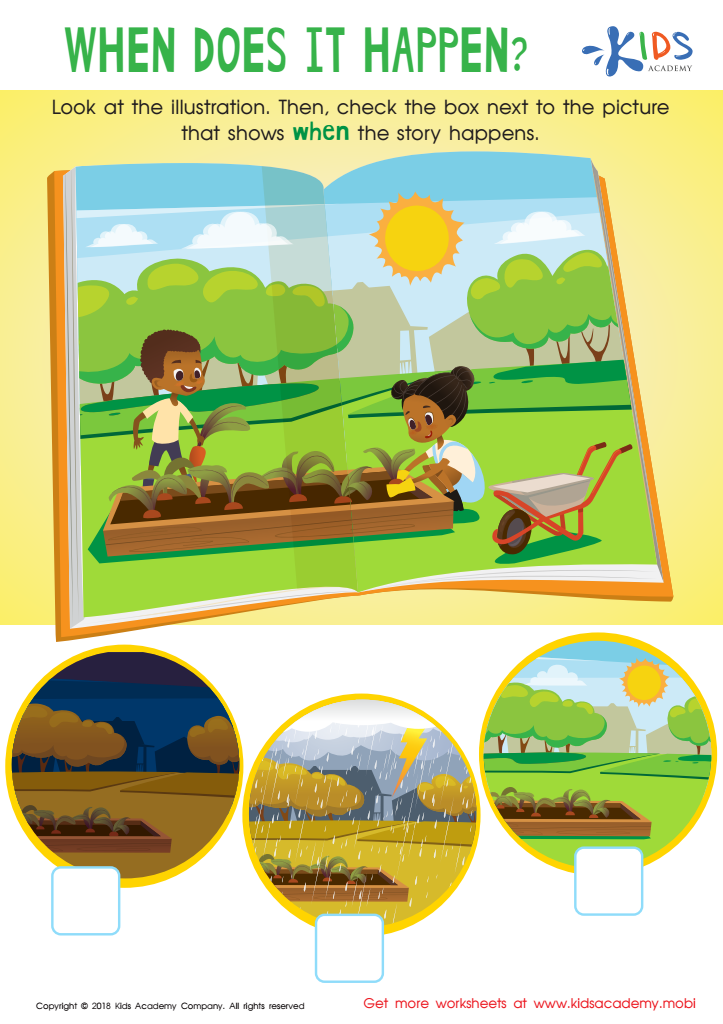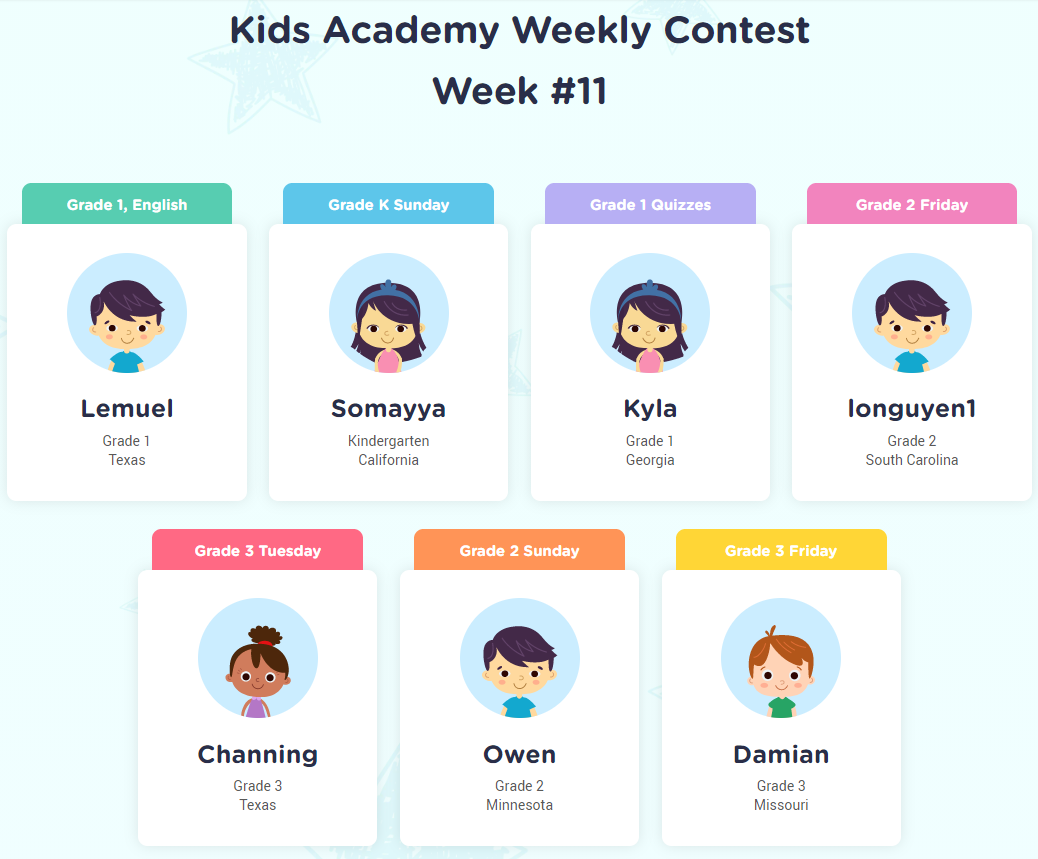Understanding Sequences Reading Worksheets for Ages 3-8
4 filtered results
-
From - To
Unlock the power of reading comprehension with our "Understanding Sequences Reading Worksheets" designed for children ages 3-8! Our engaging worksheets help young learners grasp the concept of sequences in stories, enhancing their ability to identify key events and improve narrative skills. By completing fun activities, children will learn to order events, recognize cause and effect, and predict outcomes—all essential skills for developing readers. Perfect for classroom use or at-home learning, these worksheets foster critical thinking and storytelling abilities in an enjoyable way. Explore our collection and support your child's journey towards becoming a confident reader today!


Sequence Word Eagle Worksheet


Tommys Test Worksheet


Sequencential Order Worksheet


When Does It Happen? Worksheet
Understanding sequences in reading is crucial for children ages 3-8, as it lays the foundation for their cognitive and literacy development. When children grasp the concept of sequences, they learn to recognize the order of events, which enhances their comprehension skills. This ability aids in understanding stories, following instructions, and constructing narratives, skills that are essential in both academic and everyday contexts.
Moreover, recognizing sequences is linked to critical thinking. Children learn to anticipate outcomes based on previous events, fostering reasoning skills that are important in problem-solving situations. Engaging with sequences also supports memory development, as children begin to recall story elements and arrange them logically.
For parents and teachers, promoting sequences through reading can create a more engaging learning environment. It encourages the use of interactive strategies, such as asking children to predict what happens next in a story or to retell events in their own words. This active participation not only boosts literacy but also strengthens the child’s connection to reading.
Ultimately, caring about understanding sequences means nurturing well-rounded, confident readers who can communicate, think critically, and enjoy the beauty of stories, which benefits their overall academic and personal growth.
 Assign to My Students
Assign to My Students









.jpg)











